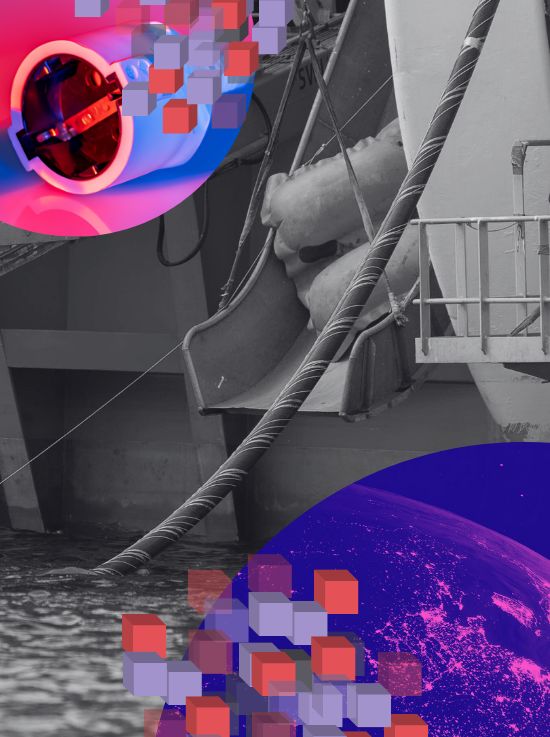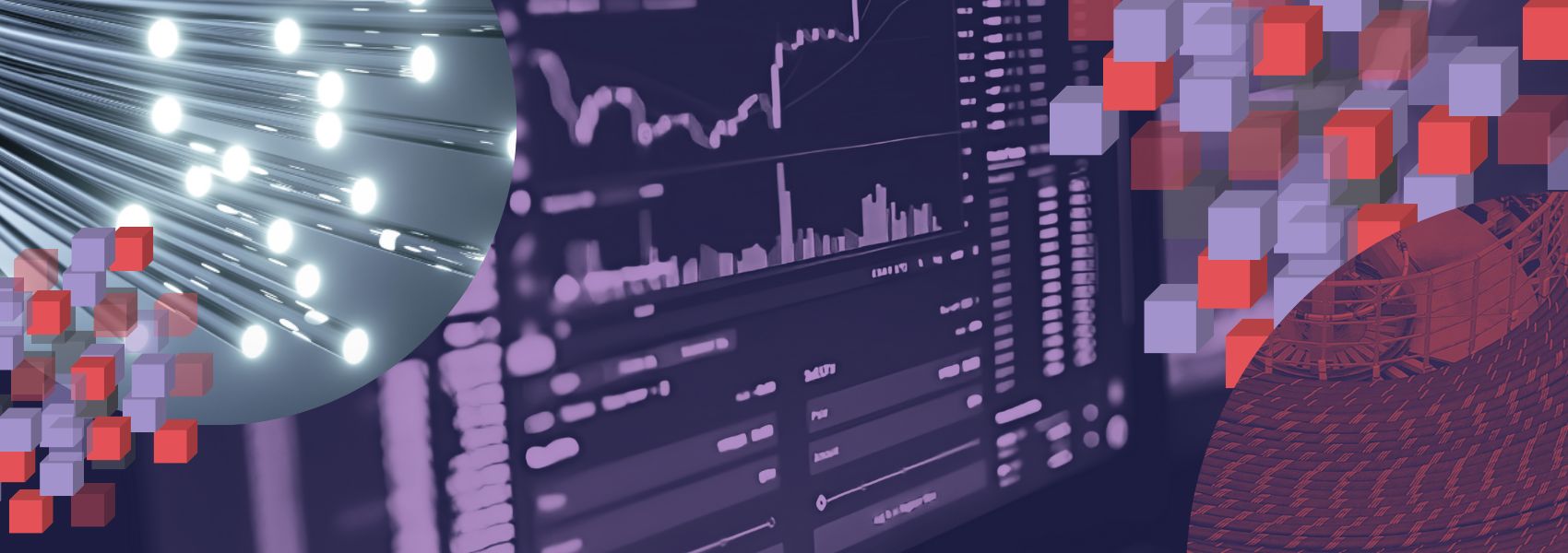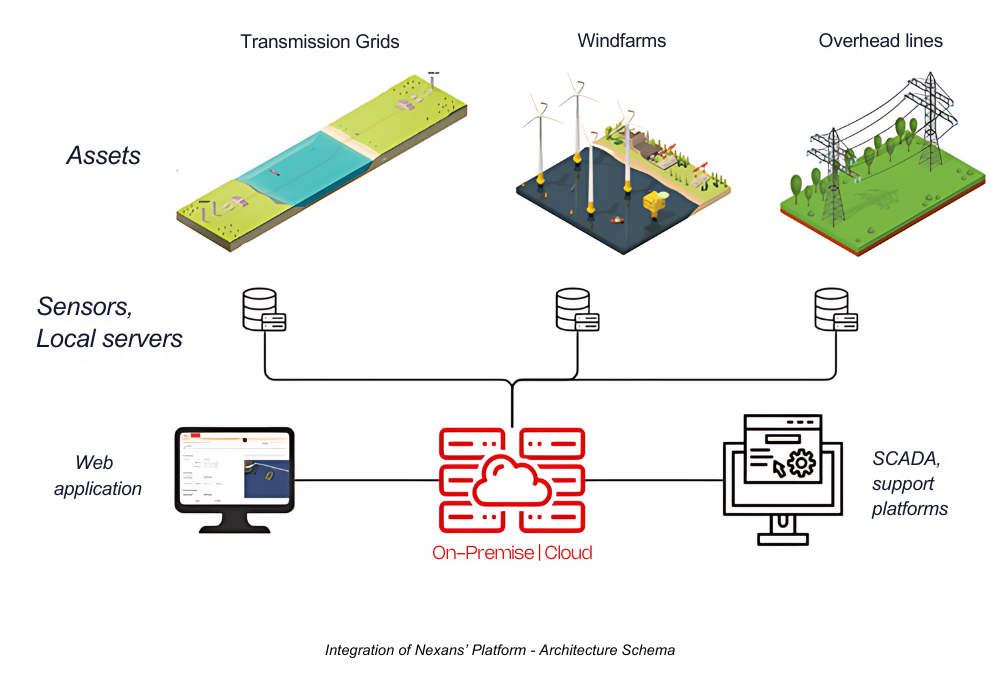Monitoring of subsea cables: 3 main challenges
Due to the increasing reliance on offshore power sources, grid operators are being faced with changes and challenges. Here’s a closer look at some of the key concerns:
1. The end of a decentralized past
Traditionally, cable health data was scattered across individual local control rooms and equipment, making it nearly impossible to get a holistic view of the system. It was like having ten different doctors analyzing your health, each with their own reports and interpretations.
Thankfully, the tide is turning. We’re witnessing a shift towards centralized platforms that consolidate data from various sources, offering a comprehensive view and enabling faster, more informed decision-making.
2. The data deluge: Making sense of the noise
But the journey to a truly robust monitoring system isn’t without its obstacles. One major hurdle is the sheer volume of data generated by an array of sensors. Imagine being bombarded with continuous data streams from a thousand sensors – how do you identify a subtle change that can lead to a threatening event?
Another hurdle arises from the fragmented nature of the monitoring landscape. Different vendors often use proprietary technologies, making it difficult to integrate data from various monitoring systems. This creates a tangled web of information, hindering efficient analysis. The ideal solution lies in open platforms that seamlessly integrate with diverse monitoring technologies, providing a unified view of cable health.
3. The limitations imposed by longer interconnections
Subsea interconnectors, the power cables linking distant grids across vast stretches of ocean, pose a unique challenge for traditional monitoring techniques.
Take, for instance, the ambitious Great Sea Interconnector project, a planned high-voltage cable stretching a staggering 900 kilometers to connect the power grids of Greece and Cyprus.
At such immense distances, conventional monitoring methods using optical fibers suffer from signal attenuation – essentially, the message gets weaker as it travels, making it harder to detect issues.
To overcome this challenge, the integration of technologies akin to those used in transoceanic cables, such as amplifiers, is essential. Amplifiers can boost the signal strength at regular intervals along the cable, ensuring that monitoring systems maintain accurate and reliable communication.










